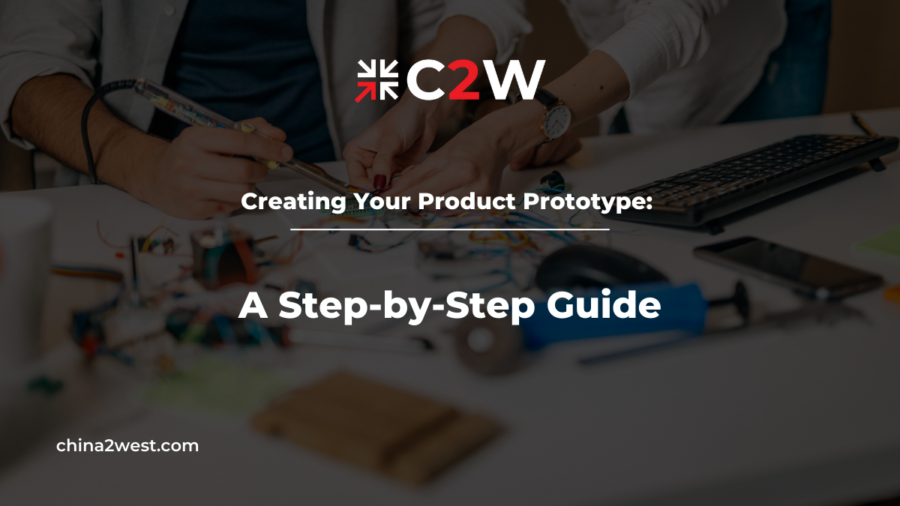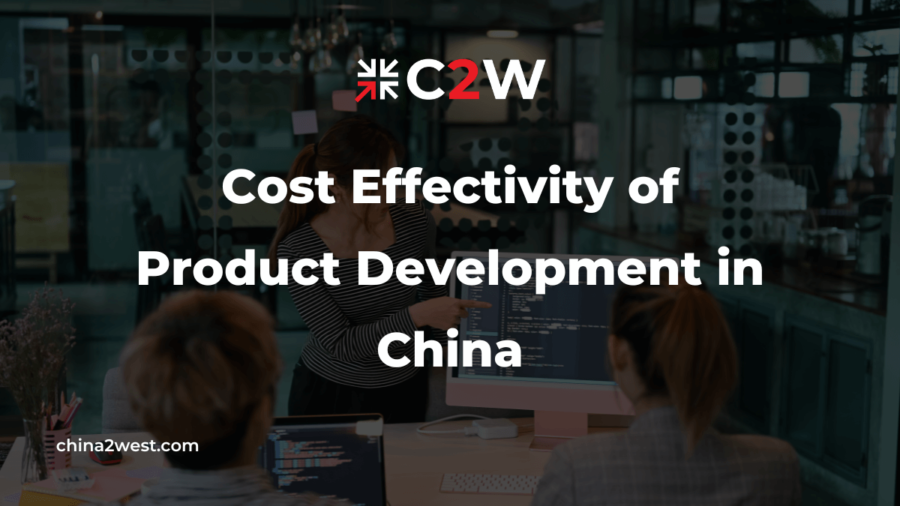You’ve come up with an idea for a product and now you want to see how it will function in the real world before diving into the full commitment of mass production.
Creating your prototype allows you to test your initial assumptions while saving yourself from any monetary burdens or investing in too many expensive tools that you may not need after all.
This step-by-step guide will walk you through the entire process of creating your product prototype in China, detailing everything from planning to testing. Let’s get started!
Step 1 – Define Requirements & Standards
If you want to create a product prototype, start by defining what your invention is and how it works. This will help you to work out the initial stages of prototyping for all elements you will need.
For the product prototype document, you should include:
- Size
- Color
- Shape
- Materials
- Cost
- Required skills or technical expertise
- Safety standards and requirements
- Specific performance standards and requirements
- Allowable deviations between concept and prototype
- Schedule constraints
For example, if your product idea is a chair that can withstand heavy weights with ease, you might need a super strong material (like titanium) for production; this would require an expert fabricator to keep costs down.
The best way to do this step is to work with a professional industrial designer and go through the process of ideation and product specification documentation.
Step 2 – Create a Conceptual Design
After gathering market and customer research results and defining product requirements in the early stage, then you can start with visualizing what the final product will look like, which will give you a reference point as you begin creating your prototype.
You may do this on your own, by hiring a product designer, or you may work with a manufacturing company. Keep in mind that it’s important that whoever builds your prototype not only needs to understand your expectations and requirements so they know how best to fulfill those needs, but also so they can give feedback based on their unique perspective to cater to certain needs in ways that another person might not be able to do as well.
Additionally, if the prototype design is an exact copy of the final product that you’re satisfied with, you need to sign an NNN agreement or other IP protection agreements before working with a third-party company to prevent any intellectual property from leaking.
Step 3 – Construct the Prototypes
Now, you have a better understanding of what you need to do, how to do it, and what the various prototypes will look like.
At this point, you should construct your prototyping using some combination of the following methods:
3D Printing Prototype
Also known as additive manufacturing, 3D printing is a common way to create a product prototype with a short lead time. It allows you to turn your idea from a computer model to a tangible item through a process of layering. With the 3D printing service, you can get your prototype or production parts made on demand as fast as a day.
Injection Molding
If your final product requires injection molded parts, then 3D printing might not provide what you need for prototyping.
To solve this issue, you can reach out to injection molding services. Now, many prototyping companies can offer low-volume injection molding using high-speed machining and other rapid tooling processes to get the product prototype.
Virtual Prototyping
If your product is too complete to make and test you can construct a product prototype that only exists on a computer.
That’s virtual prototyping. A virtual prototype is an executable software model that runs on a host system. Using advanced simulation tools, you can create a highly accurate digital mock-up at less expensive.
Step 4 – Carry Out a Test
Congratulations, now you have a prototype! Now you must carry out conducted initial testing rigorously and methodically.
The testing stage allows you to refine your design and user experience before moving on to mass production and releasing it to the market.
Additionally, you may find that your product requires additional resources or steps to make production more efficient.
By conducting tests with an in-house team or potential customers, you can eliminate possible issues before they become problems. You can also determine what aspects of your product are most appealing so that you know what to focus on in future iterations of the prototype.
Final Thought – Take it Further
Prototyping is a great way to develop new and innovative products that fill in gaps in an existing product line or market. It can also provide feedback on features and changes you could make before going into production with a more costly item. So, remember, it’s not just about making something pretty!
However, choosing whom to work with for your project won’t be an easy task. Keep in mind that work with companies that specialize in your industry and have experience in your field. Avoid those that offer products and services way outside their realm of expertise, as you’ll find they are likely more concerned with placing orders than quality, customer service, and business relationships. They will just place an order, fulfill it, and disappear – they won’t stay around to guide you through manufacturing hurdles.
China 2 West is a British-owned and managed company established in 2005 in Zhuhai City, Guangdong Province, South China Greater Bay Area. With over 15,000 projects completed, there is no wonder why we’ve been able to achieve success. Contact us today.


